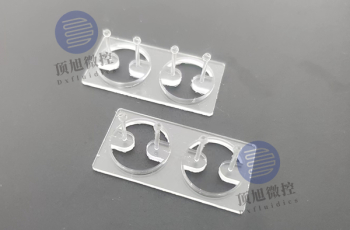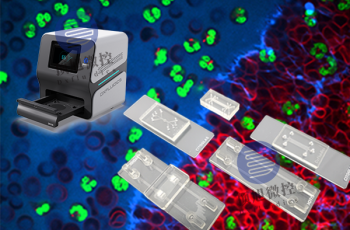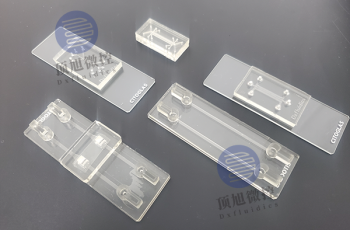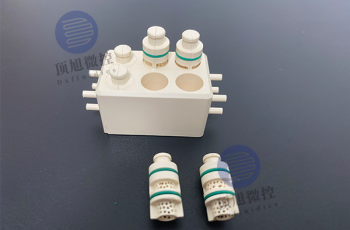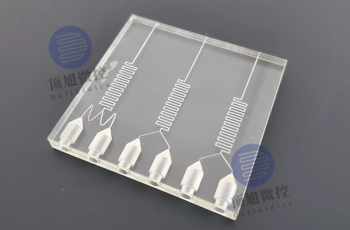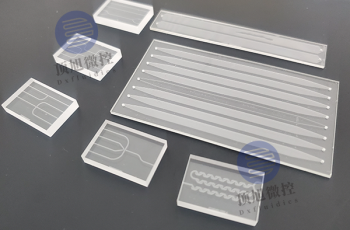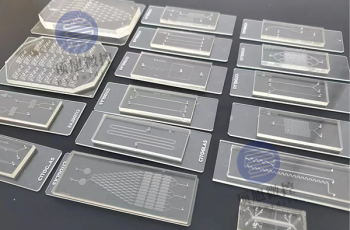Microfluidic PDMS Stamp
PDMS (Polydimethylsiloxane) stamps are crucial tools in micro and nanofabrication, typically prepared using photolithography techniques. In Microcontact Printing, PDMS stamps serve as flexible templates with the capability to efficiently transfer small patterns. Their flexibility and ease of fabrication make them widely applied in the preparation of biochips, biosensors, and microelectronic devices. The development of PDMS stamps has undergone several stages and faced various challenges. Currently, researchers are actively addressing these challenges and exploring broader application areas. This article will elaborate on the developmental stages of PDMS stamps, current challenges, future directions, and application scenarios.

